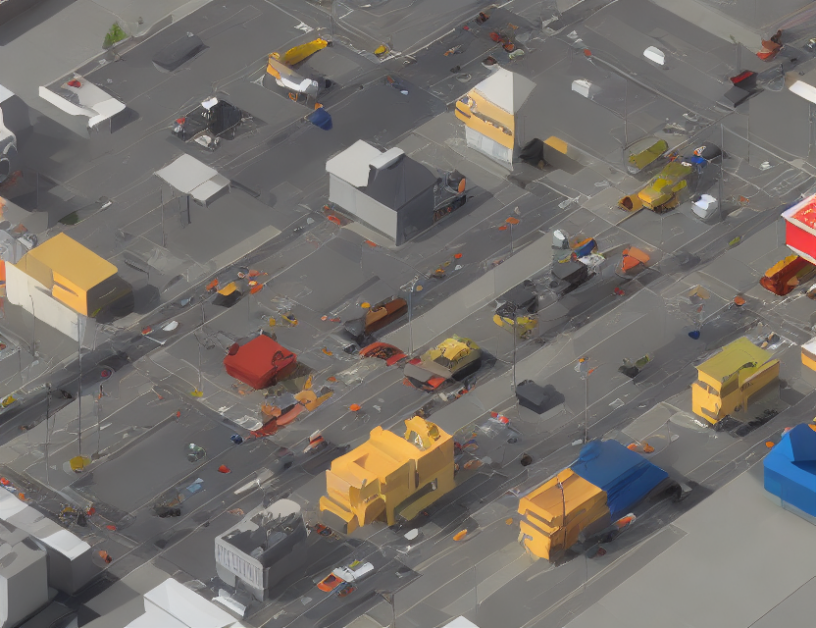Learning is a crucial aspect of human life, enabling us to adapt to new situations and environments throughout our lives. However, traditional learning models often require a significant amount of time and resources to achieve mastery. Continual learning, on the other hand, offers a more efficient approach, allowing us to learn new concepts and skills incrementally. In this article, we will delve into the world of continual learning, exploring its definition, challenges, and applications.
What is Continual Learning?
Continual learning is a learning paradigm that involves a series of tasks learned sequentially. The primary objective is to replicate human cognition, which allows us to learn new concepts or skills incrementally throughout our lives. Continual learning systems aim to facilitate positive forward transfer, where the knowledge gained from previous tasks helps solve new ones, while also updating the understanding of previous tasks with new knowledge.
Challenges in Continual Learning
One of the significant challenges in continual learning is catastrophic forgetting or interference, where the performance on previous tasks significantly deteriorates when learning new tasks. This can lead to a decline in overall performance and make it challenging to retain the knowledge acquired from previous tasks.
Applications of Continual Learning
Continual learning has numerous applications across various domains, including:
- Healthcare: Continual learning can be applied to medical imaging and diagnostics, enabling doctors to adapt to new techniques and technologies throughout their careers.
- Education: Online learning platforms can utilize continual learning to provide personalized educational experiences for students.
- Robotics: Robots can learn new tasks incrementally, allowing them to adapt to changing environments and improve their performance over time.
- Business: Continual learning can benefit businesses by providing ongoing training and development opportunities for employees, improving productivity and innovation.
Conclusion
In conclusion, continual learning offers a powerful approach to learning and adaptation, enabling us to unlock our full potential throughout our lives. By embracing this paradigm, we can create more efficient and effective learning systems that foster lifelong adaptability and growth. As technology continues to advance, the importance of continual learning will only increase, making it an essential aspect of our personal and professional lives.



